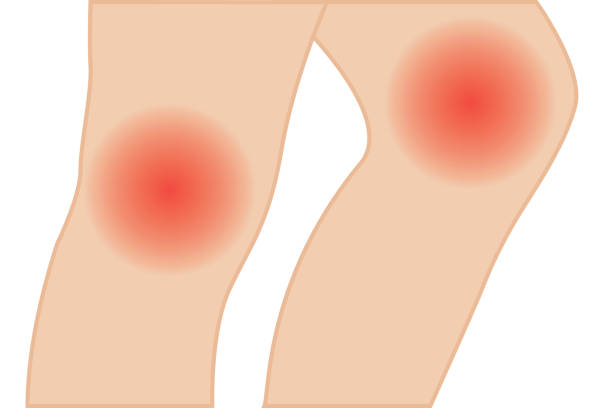



A herniated disc (also called bulged, ruptured, or slipped disc) is a common injury in the lumbar spine, especially for people in middle age. Those suffering from this condition feel like a giant electrified claw has claimed their lumbar spine. Even small movements such as coughing or getting up from the chair can feel torturous. A back brace for herniated disc can be extremely beneficial in alleviating pain and treating other symptoms of a herniated disc. It limits twisting and bending movements that may cause added strain and pain in the back. Daphco offers a wide range of back braces to treat a herniated disc in any part of the spine.
What Is A Herniated Disc?
The human spine consists of 33 individual bones with spongy discs that sit between them and act as a cushion and shock absorbent. These discs are like small pillows with a tougher outer layer that surrounds a gel-like nucleus inside. A herniated disc is a fragment of the nucleus that pops out of the annulus due to rupture or a tear. It presses on the nerves that run down the back of the spinal cord causing severe pain in the affected area.
A herniated disc can occur anywhere along the spine but it is more common in the lumbar spine and cervical spine. The area where we experience pain depends on which part of the spine is affected. The pain can be mild or severe but it worsens when sitting for a long time or bending over.
What Causes Herniated Disc?
These discs can slip or rupture due to an injury, traumatic event, poor posture, or spinal degeneration. In older people, it is a result of age-related wear and tear called, spinal degeneration. As we age, the discs lose their flexibility and are more susceptible to rupturing or tearing even with a minor twist or stress. Other reasons such as sudden twisting or lifting of heavy objects may also lead to a herniated disc.
Symptoms Of Herniated Disc
A herniated disc may cause the following unpleasant symptoms
• Extreme pain in one part of the leg, hip, or buttock
• Numbness or tingling in the low back, hips, and legs
• Deep pain in the neck and over the shoulder blade
• Muscle weakness impairing you from performing daily activities
There are a number of options to treat a herniated disc – most of these can be pursued at home. In fact, 90% of the patients recover from herniated disc problems with a non-invasive treatment such as physical therapy, medication, and wearing a back brace for herniated disc.
How Back Brace For Herniated Disc Can Reduce Back Pain
A back brace for herniated disc is designed with lower back pain in mind. It helps reduce pain by supporting your spine and keeping pressure off the spinal nerves, muscles & joints. Other than providing support, these braces restrict excess micro-movements between spinal segments or vertebral fractures, thereby reducing pain caused due to muscle tension or irritated joints.
Using a back brace for herniated disc can also help you perform your routine tasks without putting any additional pressure on your spine — especially with activities like lifting or bending. In addition to that, a back brace can also aid in the quick healing of an ACUTE injury and prevent further injury. Patients who use back braces along with other treatments such as physical therapy and medication, recover from disc herniation within a few weeks.
How To Choose The Right Back Brace For Herniated Disc?
Choosing the right back brace for herniated disc depends on the location of a slipped disc along the spine. By far, in most cases, a herniated disc affects either the L4/L5 or the L5/S1 level in the lumbar region of the spine. So, if you feel pain in your lower back and suspect that it might be due to herniated disc, it is recommended to consult your healthcare provider. They will examine your condition and prescribe the right back brace to treat your lower back pain.
One of the highly recommended back brace for herniated disc is Compression Lower Back Support. The compression brace helps stimulate energy and provides quick relief for herniated disc symptoms. This brace is most popular among patients as it is a non-restrictive and easy put-on and take off. For more options, you can check Daphco’s range of Medicare back braces designed to treat a herniated disc, sciatica, scoliosis, and other spine conditions.
Maintain A Proper Posture To Treat Herniated Disc
Whether you are standing, sitting, walking, or lifting, a proper posture is complementary to complete recovery from a herniated disc. Therefore, when selecting a back brace for herniated disc, make sure it also corrects your posture. You should also refrain from heavy lifting during your recovery journey to prevent these injuries from reoccurring.
Moreover, sitting haunched over and slouching for a long period can overstretch your spinal ligaments and put pressure on the herniated disc. Maintaining a good posture will also increase your energy levels, prevent the discs in your spine from becoming compressed, and help you recover faster.
Additional Treatments For Herniated Disc
In addition to that, you may also use some other proven treatment methods such as massage, yoga, traction therapy, acupuncture, chiropractic practices, ultrasound therapy, etc. However, one should always consult with a healthcare provider before pursuing any of these treatments for the herniated disc.
We’re Here To Help
Daphco carries a wide selection of braces for sciatica, herniated disc, and other spinal conditions. Once you’re ready to place an order or need any assistance in making the right choice, we’re here to help!
Whether you’re a medical professional or a patient, our team at Daphco is here to support your needs. You can reach out to us at 888-616-4156, send an email to support@daphco.com or fill out the contact form.
Search Articles
Latest Articles
28th Feb, 24
23rd Feb, 24
20th Feb, 24
15th Feb, 24
13th Feb, 24



 888-616-4156
888-616-4156 



 28th Feb, 24
28th Feb, 24 


